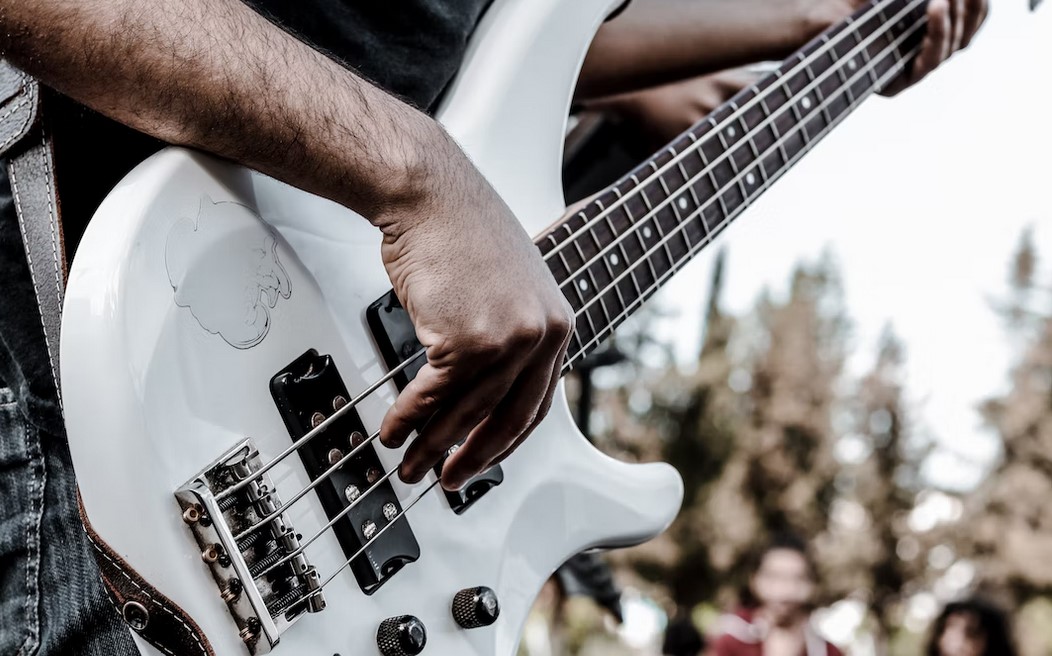PHILADELPHIA - Here are a few tips for tracking bass to improve your recording. This includes using multiple mics on your bass amp, using EQ, and dealing with low-end issues. You should also try using hardware processors that emphasize the attack part of the sound. These include a hardware EQ, an Envelope Shaper, and a distortion send effect.
Duplicating The Bass Track To Improve Your Recording
Whether you're new to audio engineering or have a background in music, duplicating the bass track is one way to improve your recordings. Bass is a challenging instrument to nail, so it's helpful to find a bass track you like and use it as a guide. This process is called reference tracking.
Duplicating the bass track improves your recording by making it clearer and more focused. It also allows you to work on the leveling of the bass sound. Record the bass part at a lower volume for best results than the rest of the track.
Using Multiple Mics On A Bass Amp
While using only one microphone can provide workable results, using more than one mic gives you a more versatile set of tones and allows you to experiment with different mic placements. For example, you could use a Shure SM57 for its powerful high-end growl, while a Beta 52 would give you a huge low-end.
To improve the quality of your recording, use multiple mics on your bass amp. This is important because bass frequencies are not particularly directional, leading to phase cancellation. Using just one microphone on your bass amp will make your recording sound two-dimensional. Multiple mics on your bass amp will help you achieve a more realistic, three-dimensional sound.
Using EQ
Using EQ when recording bass guitar can help you achieve a perfect mix of bass notes. Often, audio can be chaotic and untamed, with some frequencies popping out and louder than others. This can cause a bass guitar to sound under or over-tuned. To combat this problem, you can use EQ to reduce or eliminate the volume of the loudest frequencies.
To use EQ effectively, you must listen to your recorded track at a realistic volume. The EQ effect will be different at higher levels, so listening at a realistic volume is important to get a proper feel of how the instrument sounds.
Dealing With The Low-end
You can apply some tips and tricks to your bass mix to make it sound great. The first tip is to make sure the low-end is balanced. This means taking the time to check and tweak the levels on all your speaker systems and cans. You should also compare your bass mix against two or three reference tracks to make sure it sounds right. Choosing the correct headphone can also affect how your bass sounds.
The low-end is a tricky area for engineers. In some situations, the room doesn't treat low-end information very well, so engineers and producers must find ways to compensate. Sometimes, they use near-field monitors to solve this problem, but they're not always practical. And sometimes, over-emphasizing the lows can make matters worse.
Using Flatwounds
Using flatwounds for bass tracking can improve the quality of your recording. The flatwounds make the bass sound more natural and smooth. However, using the right technique and setting for each bass is important. Using round wound strings can sound muddy and distant in your mix.
Flatwound strings have a mid-range presence, leaving room for sizzling guitars and shimmering cymbals. The flatwounds also eliminate the "saw-tooth" effect, which can cause fretboard wear. They also give bass tracks a distinct tone.
Using a DI Box
Using a DI box for tracking bass can improve your recording in several ways. It smooths out the sound of instruments, especially bass guitar. It also prevents the signal from being degraded by a high impedance. This will allow you to re-amp the recording without adding noise.
The best DI boxes are designed to provide high signal fidelity without saturation. They also feature ground lift switches that help eliminate ground loops. They also come with controls that can adjust decibel levels to give you the sound you need. The Behringer OT-2 is an example of a high-quality DI box. It also features a gold-plated XLR connector that prevents corrosion.




